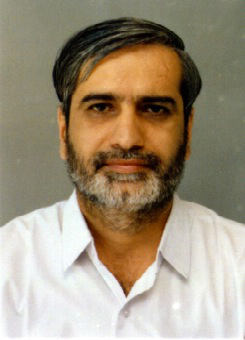India entered into the liberalised global economy in 1992 – thanks (or curse?) to the then Finance Minister Dr. Manmohan Singh and his government – and decided to slowly open up it’s doors to the free world trade over a period of time. Pundits from fields as diverse as finance, economics, politics, social, cultural, religious and even astrology had mixed opinions and forecasts of their own that were widely different and, at times, were wildly extreme either positive or negative. The common man, as usual, was confused, ignorant and also to a large extent misled and perhaps, fooled.
Two decades later, the picture is getting little clearer not only for Indians but also for most people (common men & women) of all the countries – who are now part of this nasty, mischievous, and also mysterious globalised world affectionately called “Global Village”. A grown up spoiled lovechild of LPG (Liberalisation – Privatisation – Globalisation) who has now become uncontrollable giving pains to billions of people (poor as well as rich) in almost all the countries. As a result of the implementation of LPG, a number of new industries (we call them ‘service’ industries) have mushroomed all over the globe that deal with labour welfare laws and enforcement, non-tariff barriers, corporate social responsibility, sustainability, currency maniuplation, joblessness and workers job relocation, training and numerous others which were hardly imaginable over a decade ago. Most industries & businesses are complaining and there is no reason to believe that the textile industry should be an exception. Textiles and Clothing industry’s state is a small part of the overall grim global scenario most countries are undergoing today. The world leaders are busy in dealing with what they call ‘macro’ socio-economic (minus, political) factors responsible for the current scenario. Interestingly, citizens are repeatedly being warned by their leaders to be prepared to face consequences of more harder and difficult decisions that might be taken by them in near future.
China was encouraged to join the WTO and supported by the US in the hope that it would increase U.S. exports, create jobs, and improve the trade deficit with China. None of that has happened during the past eleven years since China joined the WTO in 2001. The hope and vision of the top leaders of the Developed Countries have failed beyond their recognition. Today, China has emerged as the ‘World Factory’ thanks to its vast and cheap labour force and government policies that are workable under their communist outfit. It’s another matter that China is now being blamed for its currency manipulation and other trade-distorting practices, including extensive subsidies, legal and illegal barriers to imports, dumping, and suppression of wages and labor rights. Whatever may be the case, China is here to stay relatively powerful for a long time and the bitter truth is that a large number of countries – and consumers there – that have become dependent on cheap Chinese imports will find it nearly impossible to do away with China at least in next ten years.
The world leaders have miserably failed in their vision of understanding the implications of the LPG. The US as well as the member countries of the European Union is passing through a very critical and delicate phase. Their eyes are on the so called ‘Emerging Markets”. They see EMs as their savior. Again their ‘vision’ seems to be clouded by their own weakness to admit mistakes and to show courage to face their own people and the truth. As far as India is concerned, I don’t see any role it can play at the global level with respect to the above mentioned scenario except watching the situation. In any case, we in India, are yet to understand the mystery of LPG gas cylinders’ distribution. So, who has got the time and mind, anyway.
